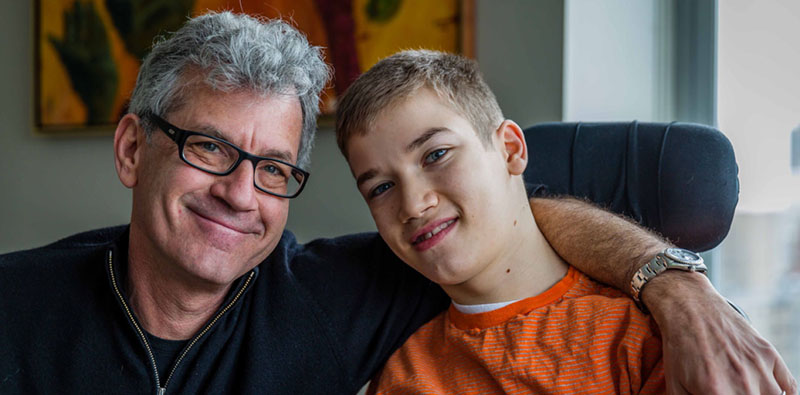If you have a school-aged child with disabilities, you’ve almost certainly had issues with their education. You’ve had issues with curriculum adaptations, accessibility, social inclusion and…. well, you can finish this list on your own.
The struggle has also probably gotten angry – more times than you care to admit.
I personally have had many days of anger and frustration when things have fallen short for my child.
Inclusion is hard. If it wasn’t, it would be happening on a much larger scale.
The fact that it’s hard doesn’t mean you should give up and stop advocating for what your child needs. But it does mean that it will benefit you to help others understand challenges which are likely not familiar to them. School professionals need to learn to look for your child’s abilities and to nurture them so they can help your child reach his or her potential. And they need to be aware of how harmful it is to assume incompetence.
Sadly, it often takes time and patience to make this happen. So get the conversation started early, continue it often, and make sure you have milestones against which you can evaluate progress.
To honor my son Tom who has faced these challenge for his entire life – below are Tom’s 7 rules for teachers that have students with disabilities. We both hope everyone will benefit from them.
Tom’s Rules
1. Admit that inclusion is difficult. It takes more than kindness and good intentions to teach a person with special needs. It takes work and knowledge. I know you want me to do well, but it will take more than wishing to bring about success. Please make sure you know what I need to succeed.
2. Don’t make incorrect assumptions about me or put a limit on what you believe. Most students get the benefit of the doubt. It’s assumed they can learn. But, let’s be real – when people have differences, too often others think we can’t! If strong preparation isn’t there, I’m at a huge disadvantage in terms of learning. And when people see that happening, they pull away. They assume I can’t learn. But often it’s not that I can’t learn, it’s really that no one has planned to give me the tools I require for learning.
3. Make a plan for me before the year starts. Learn about the adaptations I’ll need before I come into your class. Assistive technology and special adaptations needs to be learned. Don’t think that you’ll be able to wing it; t’s like thinking you can teach geometry without knowing how to use a protractor. (And, by the way, how does someone who can’t use their hands well do geometry? Or if you can’t hold a pencil, how do you do algebra? If you can’t answer these, how can you teach me?)
4. Ask for help when learning the ways to teach to my requirements. I have disabilities so I need special things in order to do my work, in order to be social, and in order to be included. So it’s likely that, even with planning, you won’t be familiar with some of the things that make me “me” – whether it’s a wheelchair, assistive technology, or behavior issues. It’s okay not to know. But it’s not okay to be too busy to find answers.
5. Don’t let me always be “the one who can’t do it.” There are many things I might not be able to do. But there are others who might want to do things I can! For example, I might have trouble fully participating in phys ed, class trips, or noisy lunch rooms. But there may be other students who’d rather do something else. I don’t want to hold everyone back when there’s something great for a whole class…. But there are probably ways where I don’t have to be the only one left out.
6. Understand that it is depressing and debilitating for me if you’re not prepared. If you talk to any student with special needs, you will hear so many stories about how they have had to settle for substandard materials and methods, and how often they have been in situations when class activities are not accessible or comfortable for them. But we are young students. And we have enough to deal with given our disabilities. It is really hard to tell people when things are not done well – or the way that is negatively affecting us.
7. Build a knowledge base and share it forward. Every year, teachers needed to learn about my needs. And it always happened after the year began. Imagine if other kids didn’t have books, or pencils. Imagine if other students had chairs that didn’t have sightlines. Imagine if they had to ask others to get out of the way every time they went down a hallway. Every year I had the same issues. Every year I had to start over telling people what was required for my appropriate education. Please build a better way to communicate the needs of people with disabilities. And please make sure that no one gets to enter a class of mine until they have the appropriate knowledge.
Help make every child a priority in school this year by supporting CPF’s Just Say Hi in the Schools (JSH) Initiative. JSH is an inclusion curriculum that is currently being launched in schools throughout the country. The initiative encourages the community to consider disability as a critical aspect of diversity by teaching kids to breakdown stereotypes, use inclusive language, and start conversations with their peers who are different from them. Help us expand the program today.






